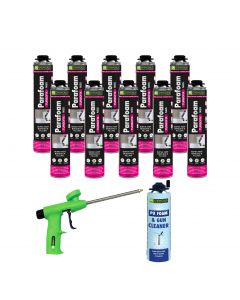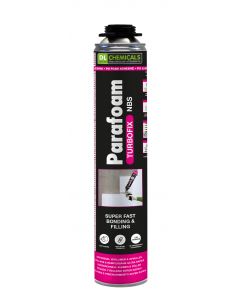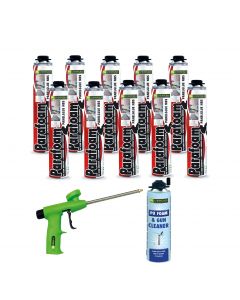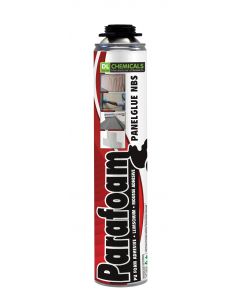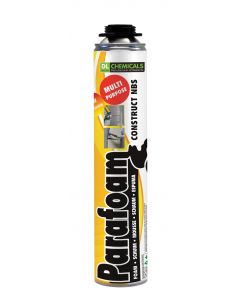How do I install insulation on my flat roof?
A warm flat roof is the most recommended and widely used insulation method, where the insulation is applied on top of the roof structure. The main advantage of this approach is that the roof construction lies beneath the insulation layer, significantly reducing the risk of cracks, splits, and consequently, leaks. The insulation layer also acts as a thermal buffer: it absorbs heat from the sun during the day and releases it in the evening, which helps improve energy efficiency.
Before the insulation is applied, a vapor barrier is installed on top of the sloping layer. This vapor barrier prevents condensation moisture from penetrating the insulation material. Insulation is mainly bonded using synthetic cold adhesives (such as 1C PU or 2C PU), but it can also be applied using a bituminous cold adhesive.


- Step 1: Prime the surface if necessary (refer to manufacturer's instructions for roofing/damp proofing).
- Step 2: Begin gluing the insulation panels at the farthest point from the roof access point and work towards the access point, ensuring not to walk on the glued panels.
Apply Parafoam Panelglue in beads of at least 3 cm in diameter, spaced every 20 cm. In the corners and edge zones of the roof, at least twice as much adhesive foam should be used. The maximum unevenness between the insulation and the surface should not exceed 1 cm. For uneven surfaces, apply beads of at least 5 cm in diameter to ensure that 40% of the surface is covered once the panel is pressed into place. Be sure to check the technical data sheet for Parafoam Panelglue on the product page of this website for more detailed information. - Step 3: After applying the adhesive foam to the insulation panel, wait 2-3 minutes and apply the insulation panel to the flat roof within 5 minutes, pressing firmly at the grooves.
- Step 4: Press firmly for at least 2 hours and do not walk on the panels. (If the insulation panels have shifted or been moved during the curing time of the adhesive foam, reapply the adhesive foam to ensure proper adhesion.)
The roofing and any underlying layers can be applied after the adhesive foam has fully cured.

